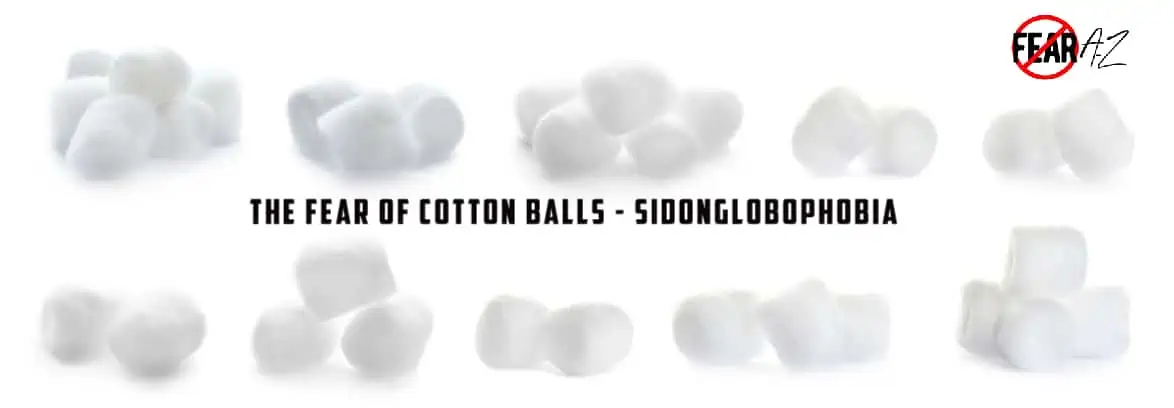
SIGN LANGUAGE AND COMPARATIVE COGNITION Research around forms of communication beyond human language has produced important information about animal communication. In this sense, there are two linguistic laws that have been observed in species other than the human species. One of them is an indirect relationship between the length of words and the frequency of their use. This law has been observed in the communication, both oral and gestural, of different animals, in addition to the human being. On the other hand, there is another law which is based on the fact that the longest communication sequences are formed from shorter elements. After observing a group of chimpanzees, a team of researchers has been able to derive the first evidence that these laws are fulfilled in the gestural communication of these animals. In addition to using gestures with their limbs, chimpanzees communicate with noises, facial gestures, and body postures. In this regard, according to the researchers,...




.png)